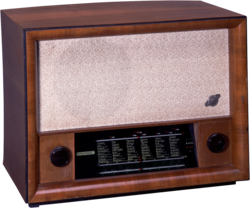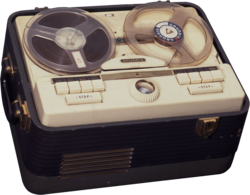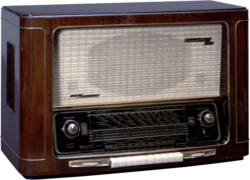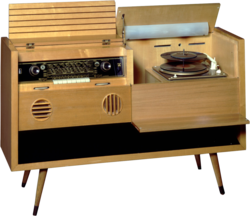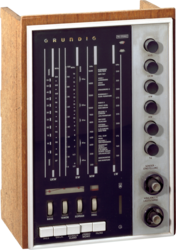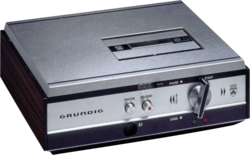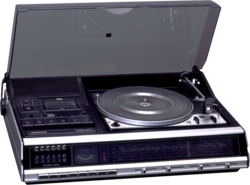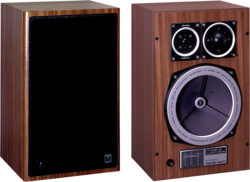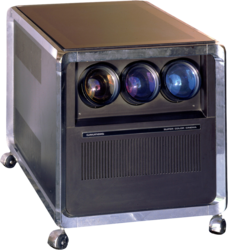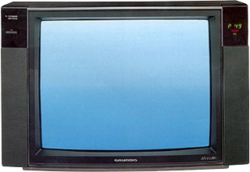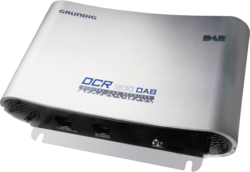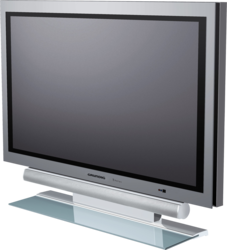EMBRACING CHANGE IS GOOD.
IF YOU REMAIN TRUE TO YOURSELF.
More than 70 years and we’re just getting started!
Grundig Intermedia GmbH’s roots lie in the traditional German company, Grundig, which was founded in 1945 and achieved world fame with its radios and televisions. In 2007 Grundig Intermedia GmbH was acquired by Arçelik, the white goods manufacturer of a leading Fortune 200 conglomerate, Koç Holding.
Grundig is one of the world’s leading providers of products in the areas of entertainment electronics, small electrical appliances and major home appliances. By expanding its product portfolio to the white goods sector, the brand became Europe’s only full-range consumer electronics brand in 2013.
The company’s head office is located in Nuremberg and has a current workforce of 140 employees, working in the areas of Sales, Marketing, Industrial Design, Quality and Product Management, Technology and Customer Service. Moreover, there are 1,600 employees working for Grundig in more than 65 countries.
Since 2011, Grundig has been the first official technology partner of the German Football League and in 2013 the brand acquired the naming right for the Nuremberg Stadium.


